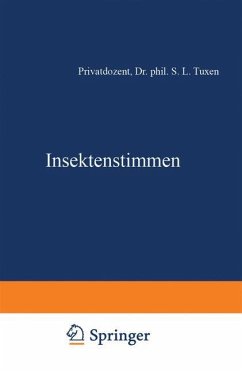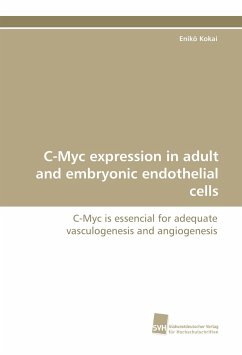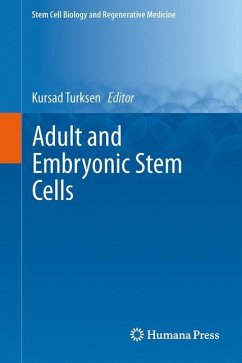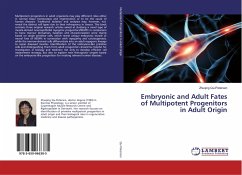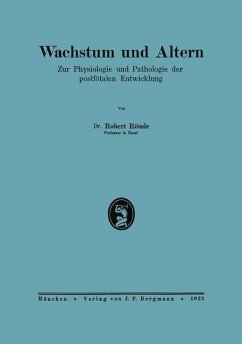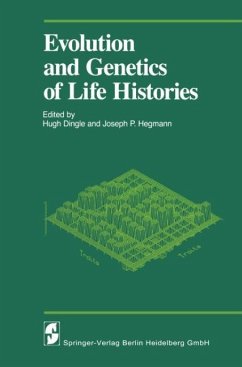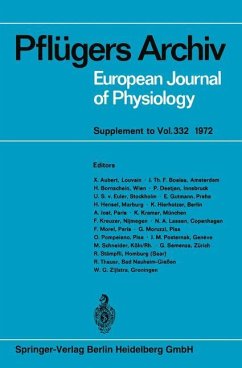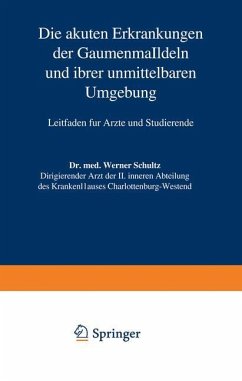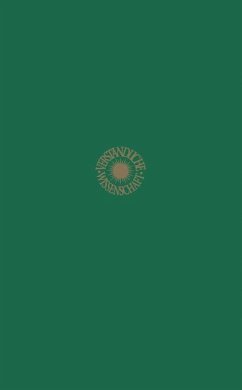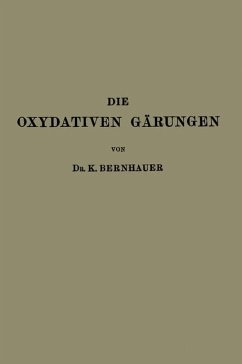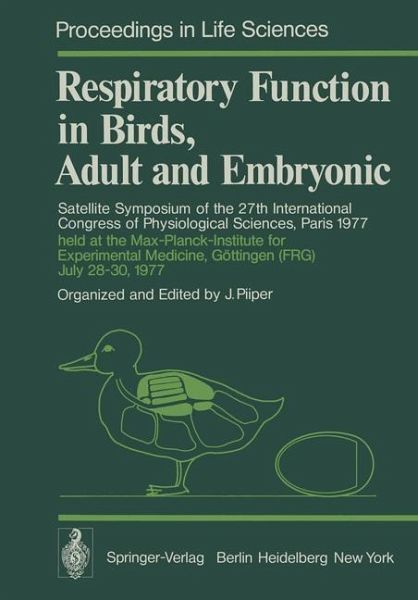
Respiratory Function in Birds, Adult and Embryonic
Satellite Symposium of the 27th International Congress of Physiological Sciences, Paris 1977, held at the Max-Planck-Institute for Experimental Medicine, Göttingen (FRG), July 28-30, 1977
Herausgegeben von Piiper, Johannes

PAYBACK Punkte
0 °P sammeln!
This volume contains the papers presented at the sympo sium on Respiratory Function in Birds, Adult and Erribryonic held in Gottingen, July 28-30, 1977. Some of the manuscripts represent· the papers as delivered, while others are con siderably abridged or extended. An essential part of the symposium was discussion at all levels, from formal discussion remarks with slides to dialogs at the lunch table with scribble on paper napkins. However, no at tempt was made to reproduce any part of the discussion. The symposium was attended by 75 scientists, of varied specializations (physiology, anatomy,...
This volume contains the papers presented at the sympo sium on Respiratory Function in Birds, Adult and Erribryonic held in Gottingen, July 28-30, 1977. Some of the manuscripts represent· the papers as delivered, while others are con siderably abridged or extended. An essential part of the symposium was discussion at all levels, from formal discussion remarks with slides to dialogs at the lunch table with scribble on paper napkins. However, no at tempt was made to reproduce any part of the discussion. The symposium was attended by 75 scientists, of varied specializations (physiology, anatomy, zoophysiology, ecology, veterinary science), but all actively engaged in research related to some aspects of avian respira tion. The aim of the meeting was to survey critically the present knowledge in avian respiration and related areas in order to provide a basis for future research. Due to the limited time available and to the restricted number of invited attendants, not all relevant topics could be given the attention they deserved, but a se lection had to be made. A particular emphasis was given to the following aspects of avian respiration; (1) phylo genetic relationships, (2) structure and function of lungs, (3) mechanisms of adjustments to changes in en vironment and physiological status, (4) respiration during the embryonic period.



